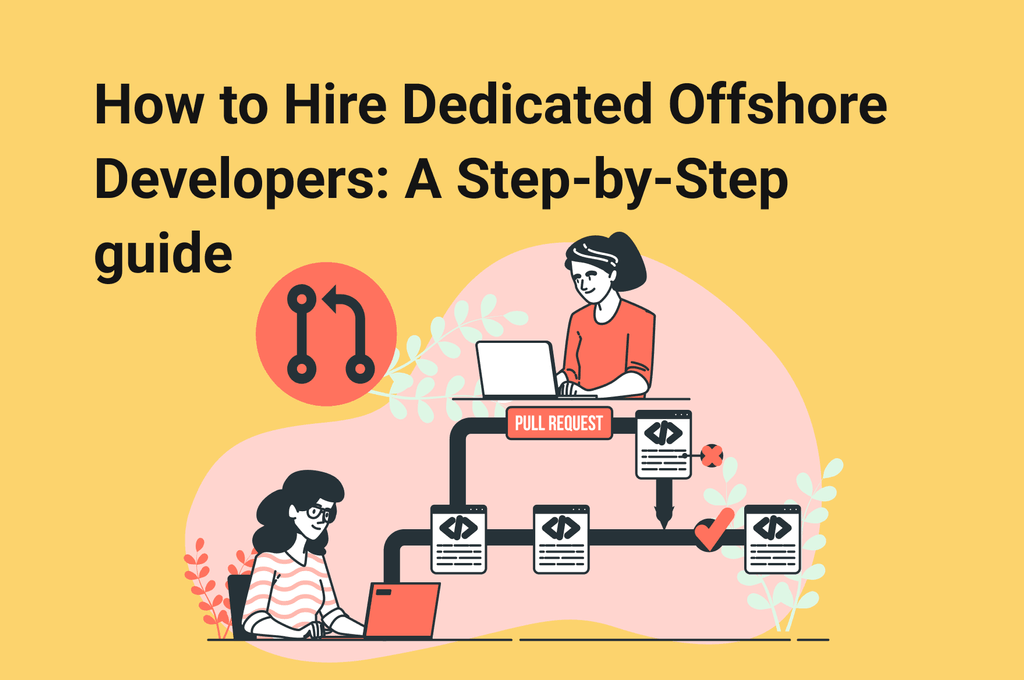
FAQ
What are two of the most common types of problems that occur when outsourcing work?
Two of the most common causes of outsourcing problems are service definition problems and cost overruns.
Who can get the benefits from outsourcing?
Customers benefit from outsourcing because they get the best products at the lowest possible prices. Brands can put all their resources into creating quality goods without spending so much on other things.
Is outsourcing always a high-risk activity?
Four categories of risk typically associated with outsourcing exist: loss of control, loss of innovation, loss of organizational trust and higher-than-expected costs. However, these risks can be eliminated through careful planning during the correct process organization.
Table of contents:
Want to estimate your app idea?




